Have you ever found yourself in a meeting feeling overwhelmed with information – trying to decipher the relevant points but feeling like they’ve been washed away in a tsunami of detail? Or, have you ever received a brief and been left frantically searching for the additional information, because you couldn’t possibly action whatever you’ve been asked to from the scant pickings you’ve been given?
Well, you’re not alone.

Each of us have our own (very) personal preference with regards the level of detail we require for something to land fully for us. And yet most of us assume that we’re absolutely normal, and that everyone else shares our filters and preferences. This means that we happily carry on communicating exactly as we would wish, assuming anyone who doesn’t get it (fully and at first) is either deliberately being difficult or else is just not that good, bright, or committed. Just imagine the disconnect that this can cause in a team!
What is an Information Density Preference?
Information density relates to the amount of information you prefer to be given before you complete a task, alongside the depth and focus of that information. Most of the population can be divided into one of four ‘types’ (and remember that most *can* communicate in all the styles, but one of them feels right, natural, and we’re most skilled at it).
Why |
Why
people are focused on the big picture and the reason behind doing something, and so literally require a one-liner or a statement that inspires them. (But don’t be fooled into thinking they don’t do detail – they absolutely do, but only need the right amount of
relevant
detail).
Think of engaging these people at a heart level.
What |
What
people absolutely love the initial
Why
statement, but they also need more hands-on information. They want to know exactly
what
it is you want them to do.
Think of this as connecting to them at a head, or intellect level – essentially creating the outside border to a task and leaving them to fill the rest in.
How |
How
people focus more on the actual act of delivering the task, so would absolutely need further explanation as to the expectations (particularly of themselves).
These are your hands people, focused on the *doing*. They want to know the parameters of the successful completion of any task so that they know how to deliver it most effectively.
What If
| And finally, you have your
What If
people who need
all
the detail and who’ll need to explore each and every eventuality, mitigate risk and entirely understand the process. Most likely, after a speech, briefing or meeting, they’ll also be asking questions – but focused on the detail, and not the big picture.
How do we transfer this knowledge to add real value to our communications?
Firstly, identify your own language density preference – this will allow you to enhance your own learning and language. After this, it’s crucial to be mindful of others and the different preferences they possess. And to truly be a language master, catering to your conversing partner is a must.
Tailoring language when speaking one-on-one can ensure that your team truly understand what you’re saying, what’s expected of them, and in turn this will increase their confidence – in themselves, in you, and the business overall.
Speaking to multiple people at once whether this is in a Board meeting, presenting a webinar, or delivering a speech is more challenging – but can absolutely be done effectively, and powerfully, if we bring our awareness of others to our communications. You may not be able to speak everyone’s language fluently all of the time, but you can choose to dial up – and down – the density of information you share in order to connect with those around you.
How can I incorporate this into my language?
The easiest way? Start with a top-line statement, and slowly provide the additional context, all the way down to the finer details. Everyone listening should be able to select the information relevant to them, subconsciously ‘checking-out’ when they have enough and empowering everyone present to feel fully-informed.
How will this impact business?
When utilised effectively, you’ll be able to see your message relayed exactly as you intend, and know that those around you feel truly heard, seen, and empowered. You’ll stop causing stress to your colleagues by over or under briefing (in their eyes), and you’ll significantly ‘up’ your own reputation across your organisation as someone who communicates truly powerfully.
If you loved this then give it a share!


Download our guide to learn the five secrets to compelling communications.



